As a BollyX instructor, participants often ask me for guidance regarding the type of shoes they should wear to take my class. The type of shoes you wear for dance fitness classes, like BollyX, can make a huge difference in your class experience! Like many first timers, I walked into my first cardio dance class in my old running shoes. While this was ok for me for a short while, I soon discovered that they were limiting my movements significantly and causing pain in my body.
Flooring:
Before I dive into my experiences with footwear, there is an important variable to first consider. On what type of floor will you be dancing? Poor surfaces include linoleum, concrete, and carpet. Don’t be fooled by a nice looking floor either. I have danced in spaces that are really concrete with a thin layer of hardwood flooring-type material on top. The best scenario is a proper hardwood floor with some give to help absorb impact; it also allows for mostly friction-free movement without too much slipping and sliding. Some training studios have a rubber floor, and if it has too much traction, this can be unsafe (and cause knee pain) for the instructor and participants.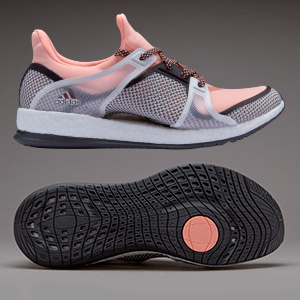
Features of Shoes:
You have the option to visit a store to buy your shoes, or buy them online. I have found the best shoes for cardio dance classes online since the stores in my area don’t carry all styles in-store. When I am deciding which shoes to buy, I usually look first for Cross-Training sneakers with a spin spot, support under the ball of the foot, and lateral (side) support.
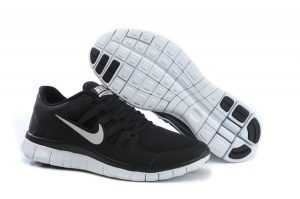 What is a spin spot? A spin spot is a round spot on the bottom of the shoe that allows you to safely pivot on the ball of your foot to avoid torquing your knee. Your knee is a hinge joint, and like the hinges on your door, it can only move forward and backward. When your knee is repeatedly placed under stress outside of this forward and backward motion, it can cause damage to that joint.
What is a spin spot? A spin spot is a round spot on the bottom of the shoe that allows you to safely pivot on the ball of your foot to avoid torquing your knee. Your knee is a hinge joint, and like the hinges on your door, it can only move forward and backward. When your knee is repeatedly placed under stress outside of this forward and backward motion, it can cause damage to that joint.
High tops offer a little more ankle support, if you prefer that. Definitely read the description of what the shoe is designed to do. For example, running shoes are specifically designed for running. Therefore, they do not offer lateral support because they are designed for movement in the sagittal plane (forward and back vs. side to side). They also often have tread that is designed for gripping the road while running. In BollyX, we utilize all three planes of motion, so it is imperative that the shoes you wear are equipped for this type of activity.
Brands:
The Nike Free is a popular choice in cardio dance and studio classes, however it does not offer much support in the ball of the foot. I will add that this shoe is an exception, and is actually a running shoe. It is classified as a minimalist shoe, designed to be less restrictive, and thus, has less cushioning and feels less supportive. Personally, I have found that I like shoes with a little more support. Right now I am really digging the Reebok Cardio Ultra, since it offers traction in the right places, yet I’m able to spin and glide without gripping the floor too much. I’ve been wanting to try the adidas Pure Boost X Trainer, but have not yet tried them. I had an older version of the Boost Studio shoes that were extremely comfortable, but on a newer dance floor may be a little sticky. Ryka is another good brand that is specifically made for the shape of women’s feet, and they offer several styles appropriate for dance fitness.
Discounts:
Certain stores will even offer discounts: Reebok offers instructor discounts if you upload your fitness certification on Reebok One! Always inquire about these types of discounts, or check out websites such as retailmenot.com to see if there is a relevant coupon code for the site where you find your shoes. Also, check out the return policy in case you have to pay for return shipping. 6pm.com has some good deals, but if the shoes do not fit, you have to pay to send them back.
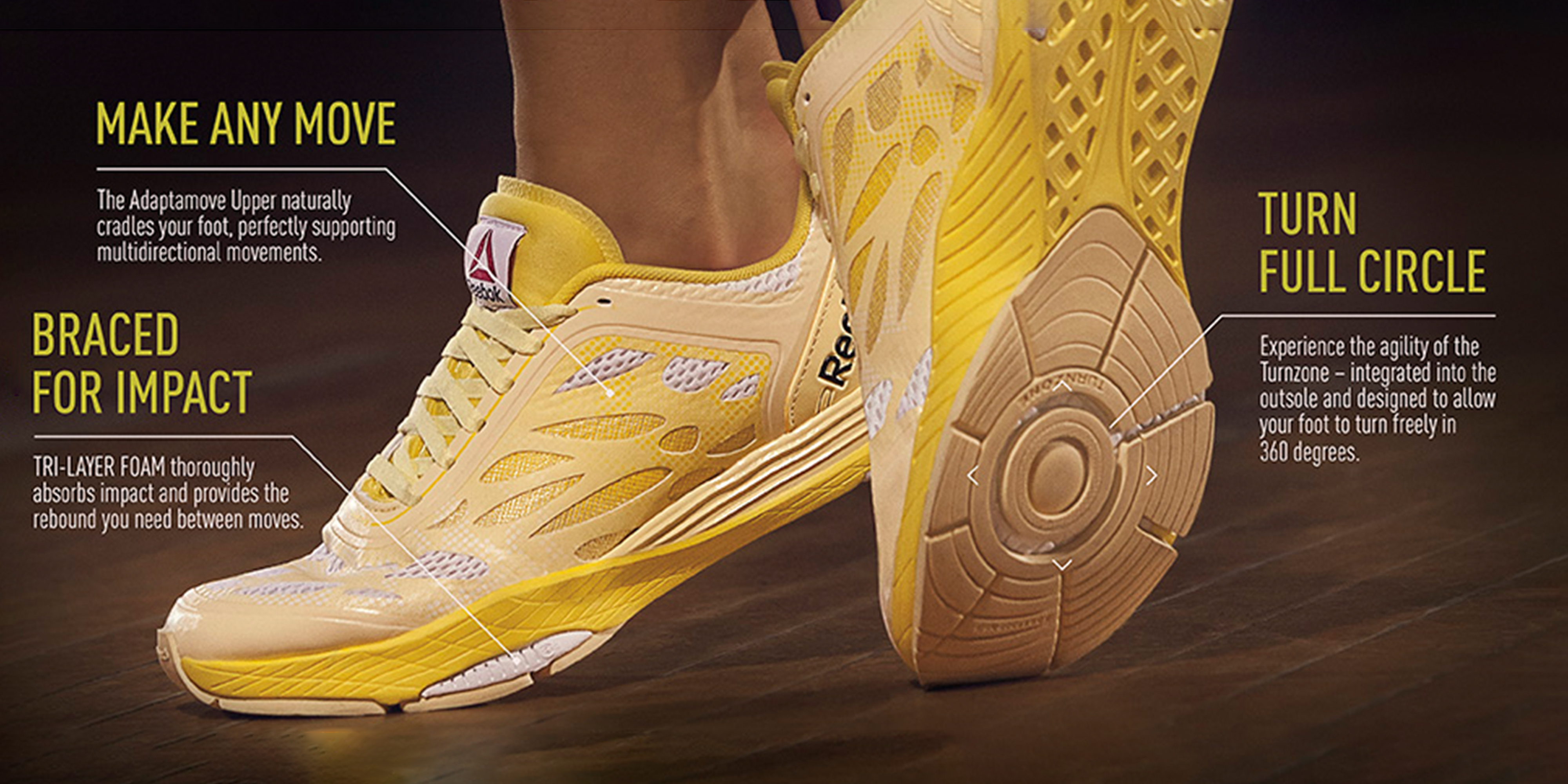
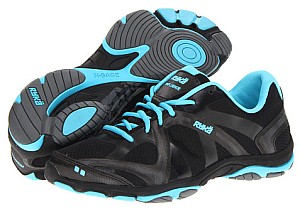 Conclusion:
Conclusion:
Just like the fitness industry, shoes are constantly being updated with the latest technology. As an instructor or enthusiastic participant, I would recommend replacing your shoes every 3-6 months (closer to 3 months if you dance in them almost every day). It can be a good idea to rotate between two or three pairs of shoes as well. Reserve your studio shoes for the studio and have a separate pair of street shoes. This will help to lengthen the lifespan of your shoes and also keep the studio floors clean.
If you have a favorite pair of shoes to recommend or any questions regarding shoes appropriate for dance fitness classes, please leave a comment below!
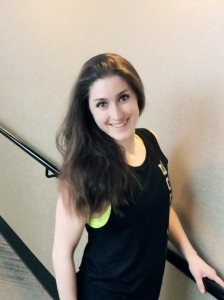
About the Author: Rachel is passionate about teaching BollyX. It brings her joy to meet people from varied backgrounds, share the BollyX experience, and continue to learn and grow as a community!
Rachel holds degrees in trombone music performance from Oberlin Conservatory and the Depaul School of music. An AFAA group fitness certified instructor, Rachel is certified or is licensed in BollyX, Yoga, Yoga Sculpt, Zumba, Zumba Kids, Aqua Zumba, and Zumba toning.
